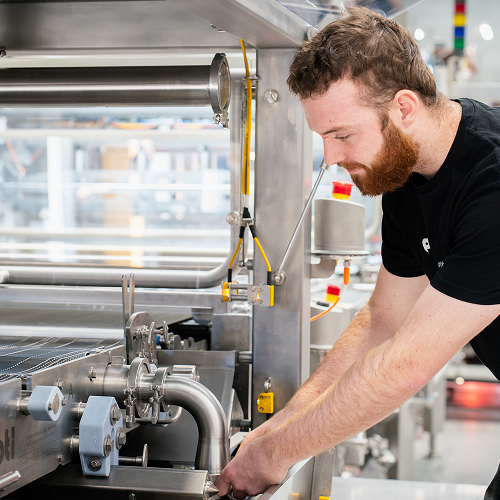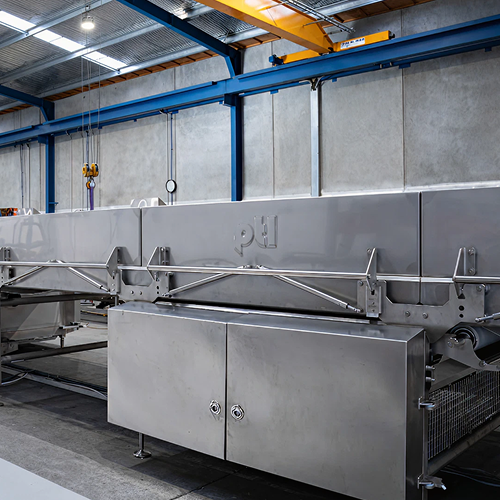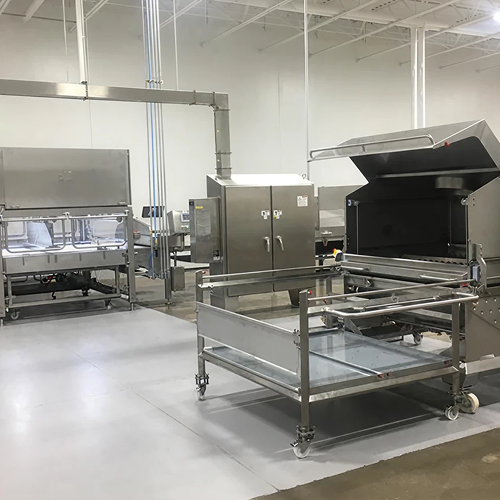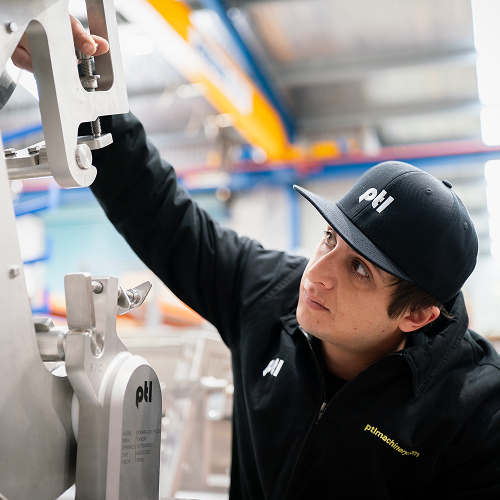
View All
Hygienic design

Hygienic design
View All

Labor shortage
View All

View All
Hygienic design

Hygienic design
View All

Labor shortage
View All

View All
About PTL

Hygienic design
View All

View All
Hygienic design

View All
About PTL

View All
About PTL

Hygienic design
View All

Guides
View All

Labor shortage
View All

Guides
View All

About PTL
View All